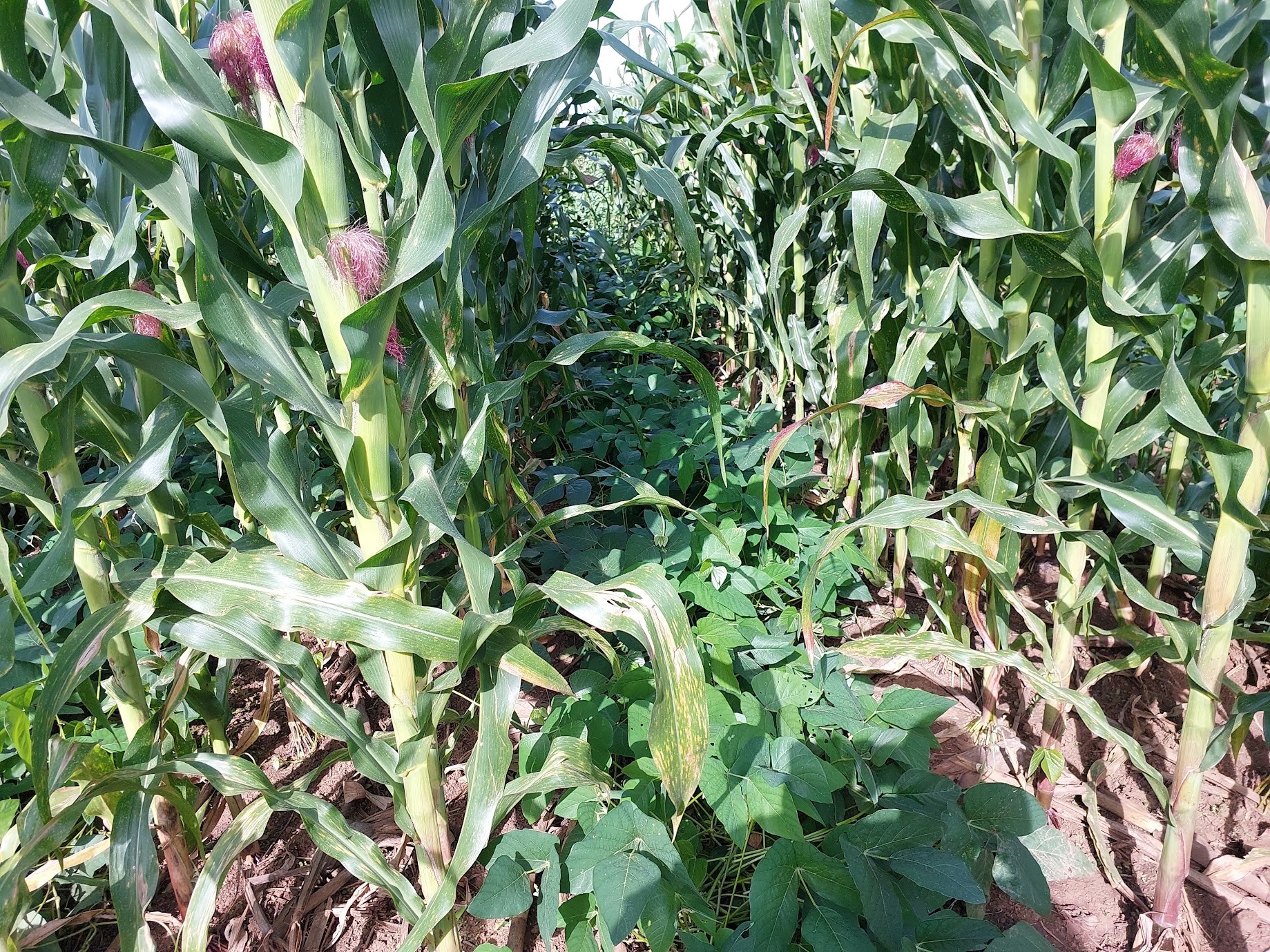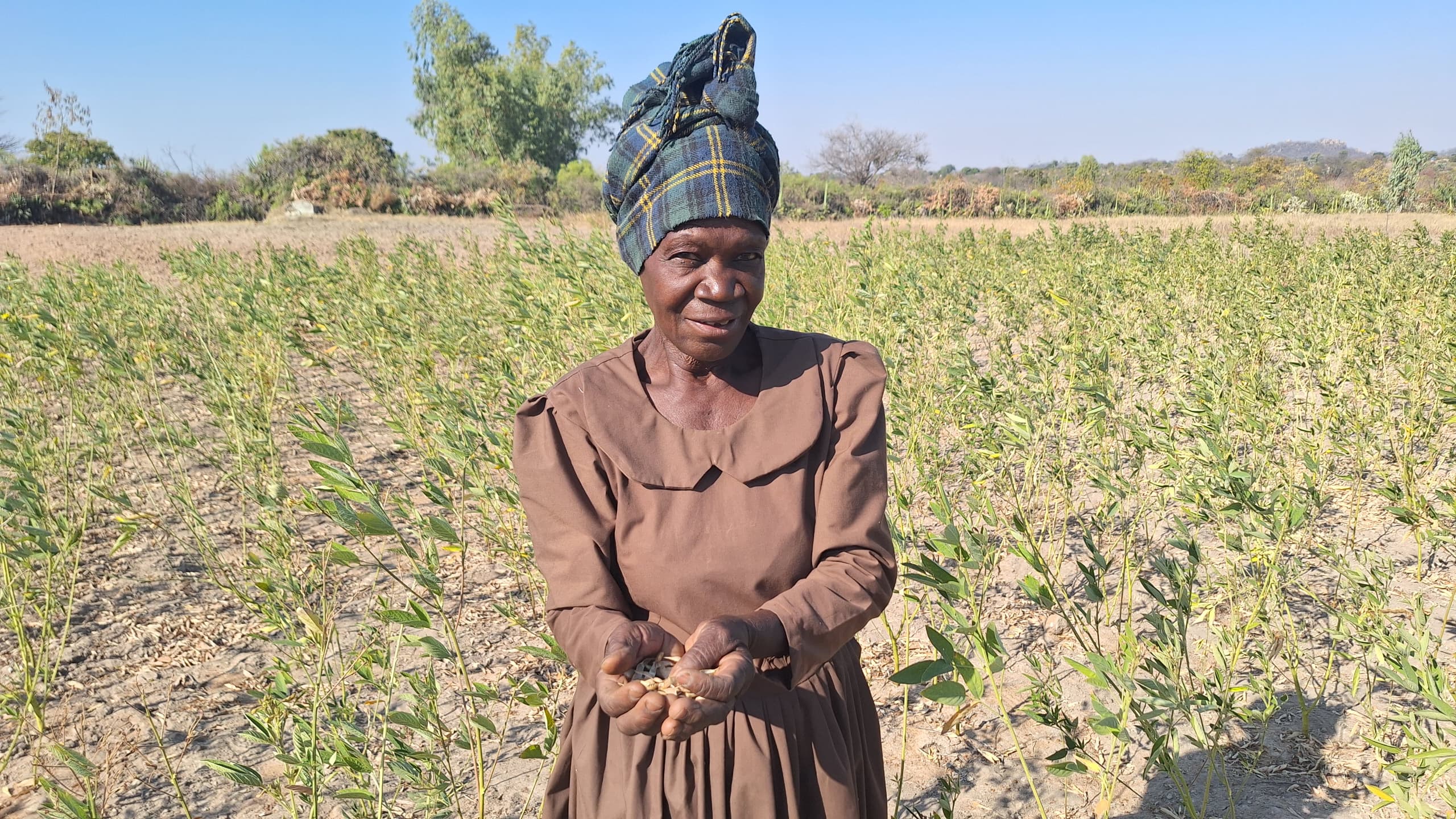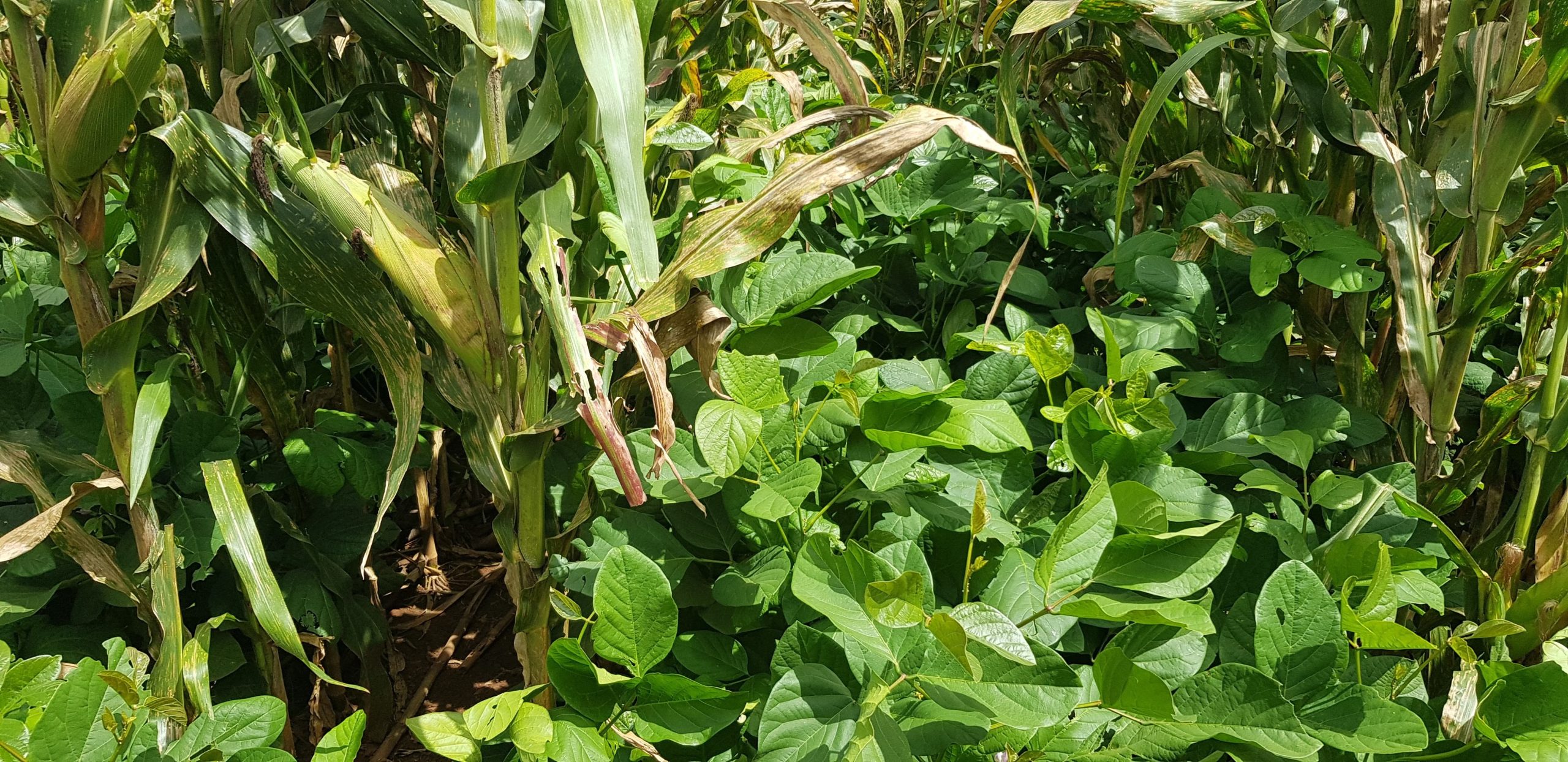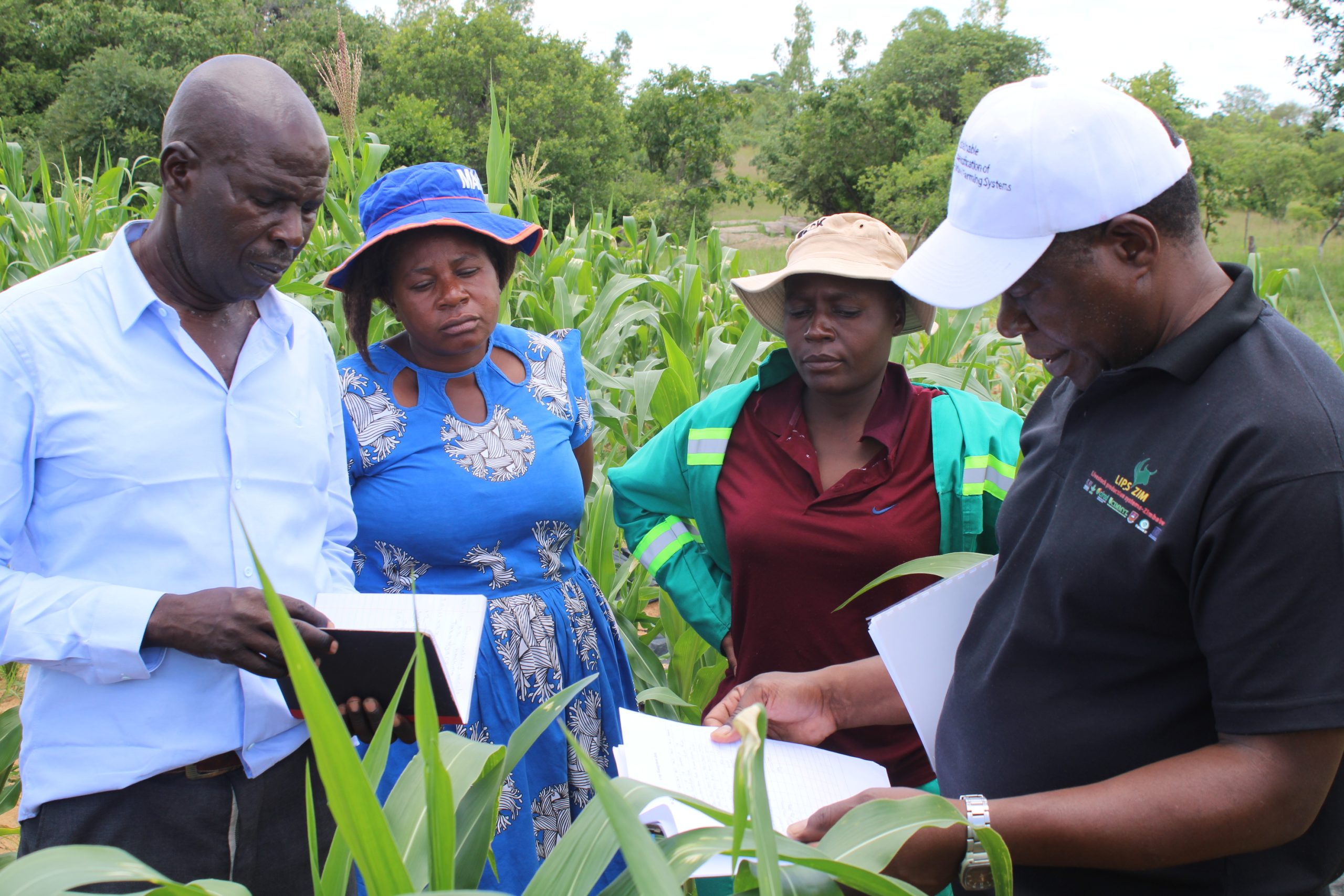The livestock sub-sector is one of the most important arms of the agricultural sector, contributing to the livelihoods of 70% of Zimbabwe’s rural population. Sustainable livestock production depends on the maintenance of healthy and productive animals which requires paying particular attention to the problems of both endemic and introduced animal diseases and zoonotic. Climate relevant livestock production practices such as fodder management and conservation, water harvesting, and manure management have been identified as solutions to increasing livestock productivity.
The Livestock Production Systems in Zimbabwe (LIPS-Zim) project, funded by the European Union (EU) focuses on increasing agricultural productivity in Zimbabwe’s semi-arid, agro-ecological regions IV and V. Led by the International Livestock Research Institute (ILRI) and in partnership with CIMMYT, the French Agricultural Research Center for International Development (Cirad) and the University of Zimbabwe (UZ), LIPS-Zim is working in 10 districts of Zimbabwe, i.e. Matabeleland South Province (Beitbridge and Gwanda districts), the parched Matabeleland North Province (Binga, Hwange and Nkayi districts), Midlands (Gokwe North district), Masvingo (Chiredzi and Zaka districts), Manicaland (Buhera district) and Mashonaland East (Mutoko district). LIPS-Zim is conducting research that seeks to increase livestock feed productivity and well as reducing diseases and mortality of livestock.
Main objectives
Core to the project is to increase the adoption of climate-relevant innovations (e.g feeding) in livestock-based production systems and improve the surveillance and control of livestock diseases. CIMMYT’s main thrust in this project is based on the recognition that at least 50% of the arable land area in semi-arid region IV and V of Zimbabwe is still put to maize despite extension recommendations for farmers to grow the more resilient small grains in those regions. Given the above, and to address their food and feed needs, farmers in those regions need drought-tolerant and nutritious maize varieties that are resilient in those dry environments. CIMMYT’s work is thus focusing on testing the feed value of these nutritious and drought tolerant maize varieties when intercropped with various legumes such as mucuna, cowpea, lab-lab and pigeonpea. CIMMYT is also testing the later, along with climate smart production techniques such as conservation agriculture and water harvesting practices.


 Climate adaptation and mitigation
Climate adaptation and mitigation 
